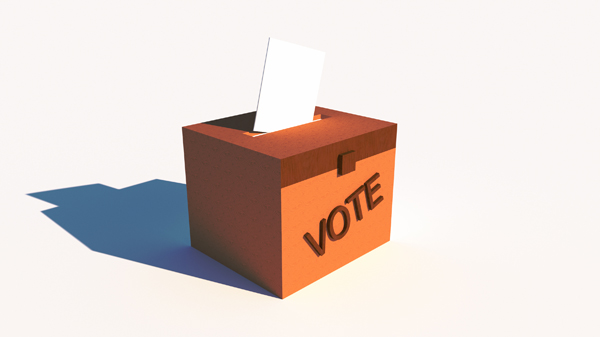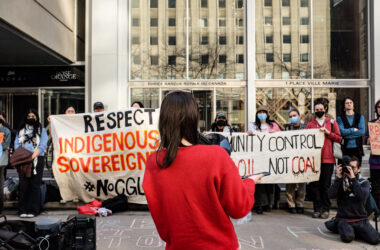New Democratic Party (NDP) leader Jagmeet Singh visited McGill on Sept. 16, federal to discuss his platform with students. As the federal election is being held on Oct. 21, political campaigns and college campus party associations are searching for ways to engage youth and attract their votes: young Canadians aged 18–24 have the lowest rates of voter turnout compared to all other age groups.
Political parties prioritize different policies targeting Canadian youth eligible to vote. Michael Forian, Conservative Party candidate for Ville-Marie—Le Sud-Ouest—Île-des-Sœurs, highlighted his campaign’s economic policies supporting higher education.
“The most important thing is being able to save for your education,” Forian said. “The new Conservative government will set up the [Registered Educational Savings Plan] grants for parents to save for [their childrens’] education.”
In contrast, the Liberal Party focuses on climate action, 2SLGBTQI+ rights, and reproductive rights to garner support from young adults. Steven Guilbeault, Liberal Party candidate for the Laurier—Sainte-Marie riding, emphasized his track record advocating to address climate change. Guilbeault’s candidacy lends the Liberals climate-change credibility in light of criticism of the government’s Trans Mountain pipeline extension project.
“Young people play a great role in today’s society […] the climate strikers are a great example of the power of student mobilization here in Quebec, Canada and around the globe,” Guilbeault wrote in an email to The McGill Tribune. “I will ask [young people] to look at who I am, to look at what I have done for over 25 years as co-founder of Équiterre or the 10 years I spent at Greenpeace, and, most importantly, to vote.”
Candidates such as Forian and Guilbeault are aided by McGill student party organizations like the Conservative Association of McGill, Liberal McGill, and NDP McGill, which all share the goal of helping to register students to vote and informing them of the electoral process. These organizations also provide pools of potential volunteers for campaigns across Montreal.
McGill political science professor Elisabeth Gidengil argues that face-to-face interaction between a party and a voter is an effective electoral tactic.
“Reaching out and telling people what this election is about helps,” Gidengil said. “Contact by any party is important and will increase the likelihood to vote.”
Gidengil pointed out that the turnout gap between young adults and older adults corresponds with education level. The drop in voter turnout between 1988 and 2000 was largely due to the decrease in the number of young voters; however, voter turnout amongst university students and young adults with postsecondary degrees remained steady. Although young Canadians tend to vote less than the older demographic, voters aged 18–24 have had the greatest increase in voter turnout between the 2011 and 2015 elections.
“It’s about getting young people to realize [that] what happens in federal politics is relevant to them,” Gidengil said.








